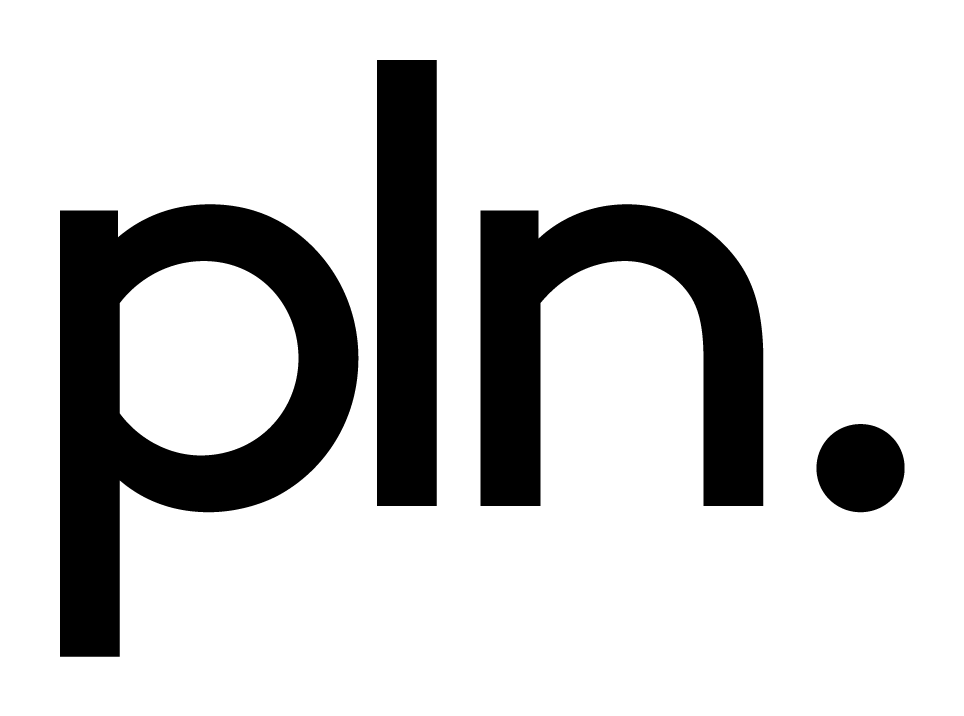Maslow's theory, based around human motivations, assessed unmet needs in a hierarchy from basic physiological needs (food, shelter etc) to self-actualisation - being the best we can possibly be. Once we’ve achieved all we need at each level, we are naturally motivated to strive for the next level. It’s really an allegory of man’s constant desire for more, better, best.
More-Better-Best
When Maslow created his 1943 hierarchy of needs, the working world was on a whole different planet to the one we are used to today.
Perk or Basic Need?
If applied to the workplace, the substance of each of Maslow’s levels has changed, markedly in recent times. It behoves managers, business owners, facilities managers et-al, to recognise that employees (especially younger cohorts) may view what was once a perk (maybe at Maslow’s ‘Esteem’ level) as now just a basic requirement – a physiological need. Wifi and phone connectivity are obvious examples.
Me, We, Us Spaces
The workplace needs to adapt and change and deliver more. Provision of “Me, We, Us” spaces for example (individual, small and large groups) to allow response to business needs. Adapting the old ‘neighbourhood’ departmental model to a more adaptive environment based around ways of working – focus, collaboration, innovation. Where we once considered environmentally friendly or eco aspects of the workplace as nice-to-haves, employees may now consider these too as entry-level. Ensuring circadian rhythms are catered for with specialised lighting or natural daylight may be far more important as people have become used to working in rooms with a view, or even in outdoor spaces.
Words such as ‘frictionless’ and ‘seamless’ are more often associated with contemporary workplace design and strategy and words like ‘static’ and ‘permanent’ far, far less so. From wayfinding, to tech, making the workplace experience as easy as possible for those within has become the norm.
Plan Clever
This scale of change doesn’t have to mean a wholesale redesign of your office space with the associated costs that come with architects and planning officers. A lot of this can be accomplished with the judicious use of furnishings and lighting, designed for flexibility, adaptability and particularly with wellbeing and resilience in mind. As with anything good, planning is all. Consider business needs, employee wants, required outcomes, floorplate, fixed amenities and go from there.
Conclusion
Employees expect more from their workplace today than at any time in history. To earn their commute, employers need to redefine the office, provide self-actualising spaces that wow and delight as this will automatically improve productivity and creativity. PLNs range of commercial furniture has been designed and curated to help with this process. Often adaptable, flexible and mobile but with the added dimensions of acoustics and biophilic design elements proven to aid wellbeing and resilience.
